Nobody warned me that choosing an artist-led business also meant choosing 17 browser tabs open at once, unfinished ideas in every notebook, and an inbox I fear opening.
Balancing creativity and business sounds dreamy in theory: mornings spent painting or writing, afternoons sipping coffee while orders roll in. But in reality? It’s a delicate dance of chasing inspiration while managing invoices, social media, product listings—and still answering ‘Mama?’ every 30 seconds while your toddler decorates the couch with stickers.
If you’ve ever tried to build something beautiful and build a brand around it, you know the quiet chaos I’m talking about. And that’s why I wrote this post—because balancing creativity and business is never as graceful as it looks online.
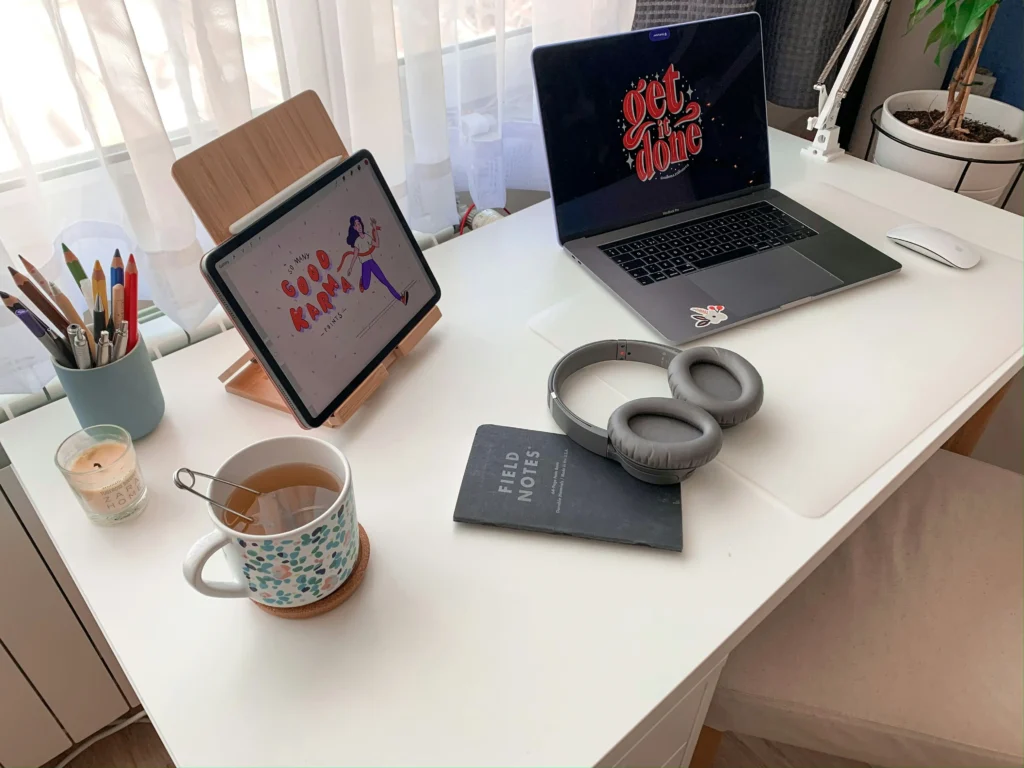
This article may contain affiliate links. If you purchase something through these links, I may earn a small commission — at no additional cost to you. Thank you for supporting this blog and helping me continue sharing helpful content!
The Dual Identity No One Talks About
The hardest part isn’t making art. It’s switching from your creative brain to your business brain 12 times a day.
One moment, you’re sketching something that makes your heart flutter. The next, you’re checking shipping settings, comparing print-on-demand margins, and wondering if you should post on Pinterest today or just go lie down. 😅
Nobody tells you how much mental friction comes from toggling between creative flow and logistical decision-making. It’s not about time management—it’s about identity conflict.
You’re not “just an artist.”
You’re not “just a small business owner.”
You’re both. And that’s powerful. But also? Really freaking exhausting.
The Mental Load Is Real
No one prepared me for the weight of creative responsibility. It’s not just “make something beautiful.” It’s:
- Keep your audience engaged
- Learn SEO
- Batch Instagram content
- Manage your shop
- Handle customer messages
- And still find the energy to want to create
There were days I stared at my art supplies and felt nothing but pressure. I began asking: “Is this still joy? Or just another to-do list item?”
What helped? Giving structure to my chaos.
The Structure That Saved Me
I used to believe creative people couldn’t be structured. That systems were for office jobs and productivity bros. But when your life is your business, you need some kind of map.
I didn’t find a perfect planner or magical app. What I found was trial and error—and eventually, a rhythm.
My basic system looks like this:
- Monday: Admin & planning
- Tuesday & Wednesday: Design and product work
- Thursday: Blog writing, marketing, batching
- Friday: Catch up, clean up, rest when I can
I plan my week every Sunday night using Notion, which became my creative brain’s safe haven. I have pages for blog post ideas, product development notes, email marketing drafts, even toddler snack ideas (yes, really).
Stop Trying to “Do It All”
You know that voice that whispers, “You should be doing more”? Yeah. Mute it.
Some weeks I create new designs, upload five products, write two posts, and schedule email campaigns. Other weeks, I make soup, answer one email, and try to remember why I opened Canva in the first place.
Both weeks are valid.
Both count.
Trying to be a full-time creative and a full-time business owner without help? That’s already too much. Add motherhood, chronic fatigue, or life stress? Something’s gotta give.
So here’s what I stopped doing:
- Posting daily on social
- Answering emails within 2 hours
- Obsessing over engagement
- Designing on days when I felt emotionally drained
Instead, I batch tasks, plan only 3 priorities per day, and make sure my work supports my energy—not the other way around.

The Tools I Lean On
You don’t need fancy software or a $300 productivity course. But you do need tools that fit your brain.
Here’s what I use regularly:
- Notion – for organizing my messy ideas into a workflow
- Canva Pro – for designing everything from product mockups to Pinterest pins
- Google Calendar – for sharing life with my family and managing deadlines
- This printable Etsy planner – for daily focus & habit tracking
What matters is not what you use, but how you free your mind to focus on what actually matters.
🤯 What I Wish Someone Told Me Earlier
If you’re just starting your creative business journey, here’s what I wish someone had whispered to me over coffee:
- You will feel like you’re failing, even when you’re not.
- You don’t need to monetize every idea. Some creations are just for you.
- Imperfect consistency beats perfect burnout.
- It’s okay to love your business and still feel overwhelmed by it.
- You don’t have to do this alone. Find community, even if it’s just one other artist who gets it.
Balancing creativity and business isn’t about doing both perfectly. It’s about learning how to honor your art while building something sustainable around it.
It’s about letting go of the belief that success means hustle, and redefining it as creating something that feeds your soul and supports your life.
If today all you did was brainstorm a new idea or sketch in the margins of your planner while reheating coffee — you’re doing enough.
If your art brings you joy, and your business gives it wings — you’re already winning. Balancing creativity and business isn’t about doing both perfectly. It’s about learning how to honor your art while building something sustainable around it.
It’s about letting go of the belief that success means hustle, and redefining it as creating something that feeds your soul and supports your life.
If today all you did was brainstorm a new idea or sketch in the margins of your planner while reheating coffee — you’re doing enough.
If your art brings you joy, and your business gives it wings — you’re already winning.
FAQs
Q1. How can creatives balance passion projects with business responsibilities?
Create structure. Use tools like Notion or Google Calendar to batch tasks and avoid decision fatigue. Reserve protected time for purely creative work.
Q2. What are the biggest challenges of balancing creativity and business?
Switching between creative flow and logical business tasks, dealing with burnout, and feeling pressure to always “be productive.”
Q3. Are planners helpful for creative entrepreneurs?
Absolutely. A simple paper planner or printable from Etsy can help organize thoughts, track habits, and provide visual clarity.
Q4. How do I avoid burnout as a creative business owner?
Take intentional breaks, stop comparing yourself online, and set realistic goals. Focus on progress over perfection.
Q5. Is it normal to feel stuck sometimes?
Yes. Feeling stuck is part of the process. Rest, recharge, and return when your creativity feels safe again.
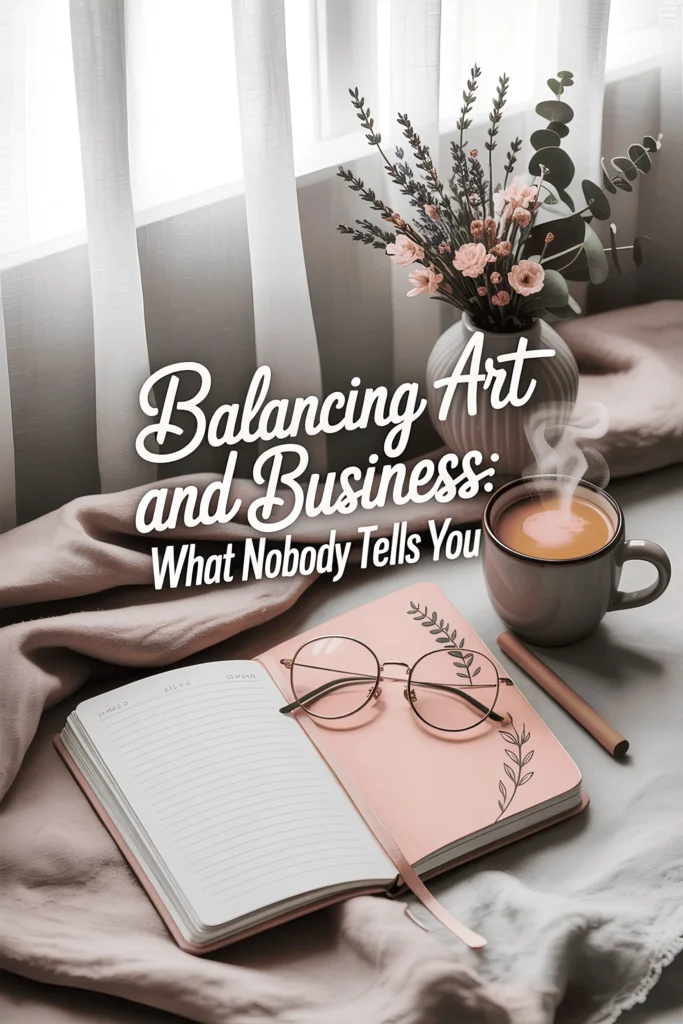

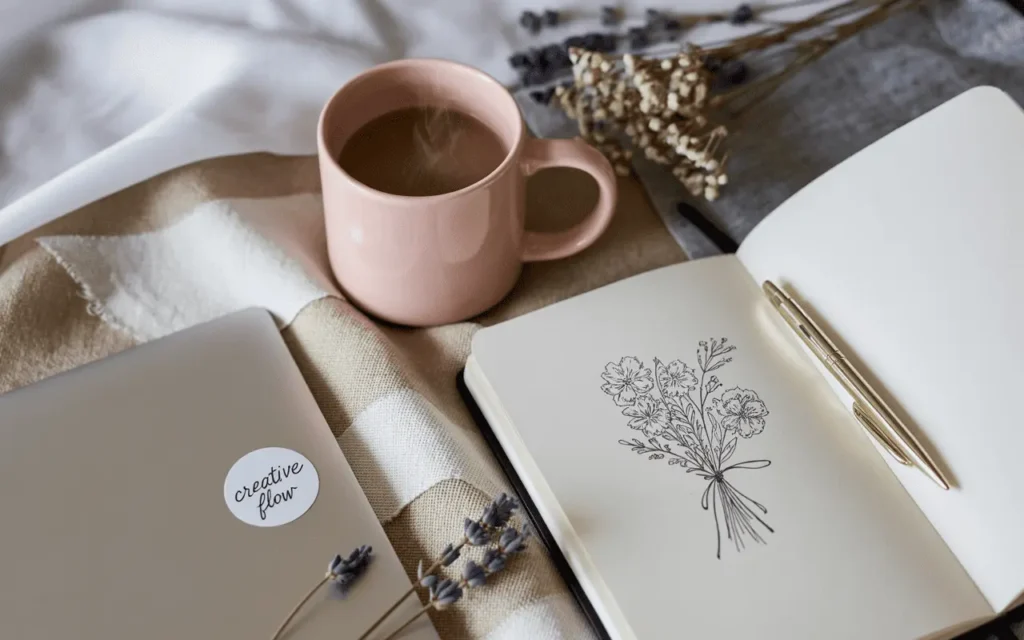
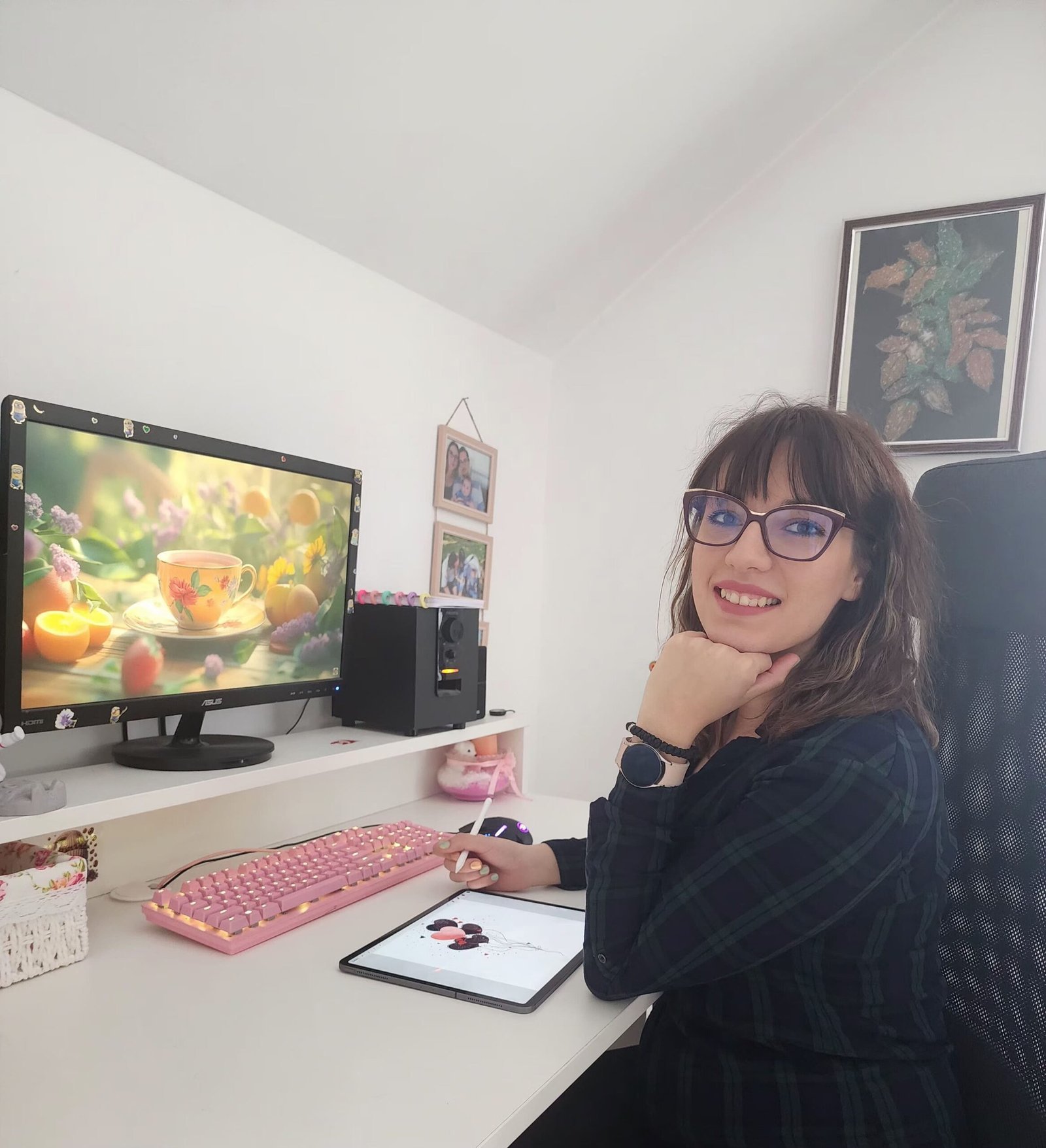
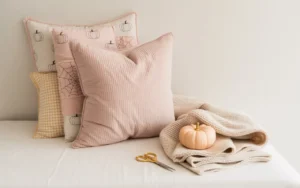



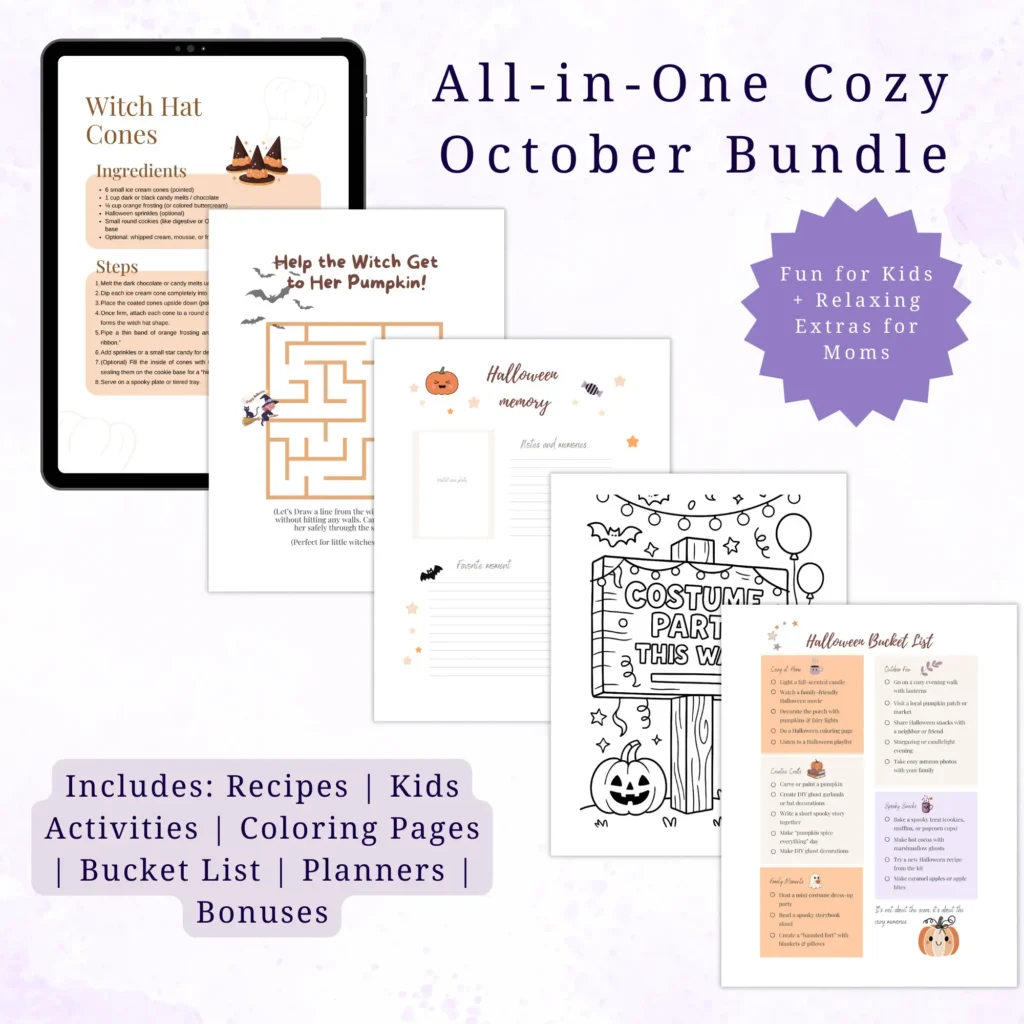
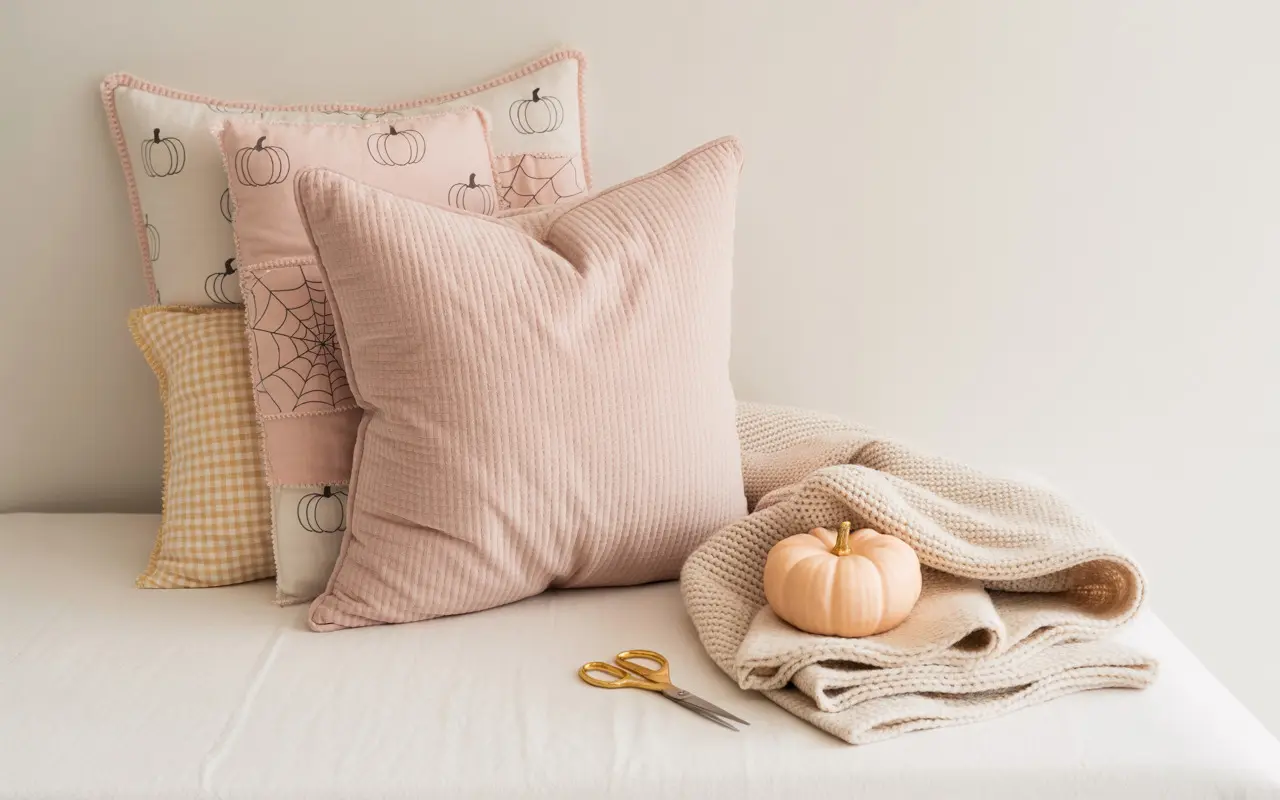



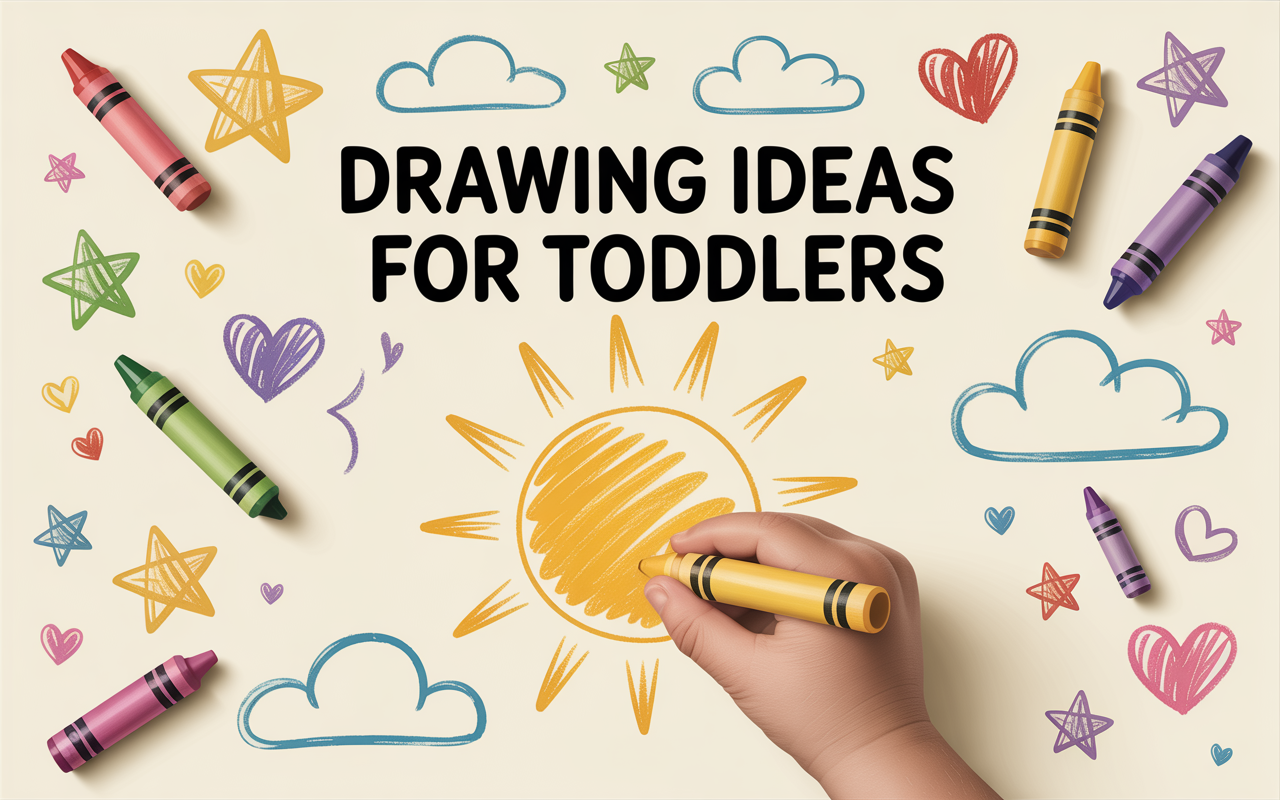
One Comment